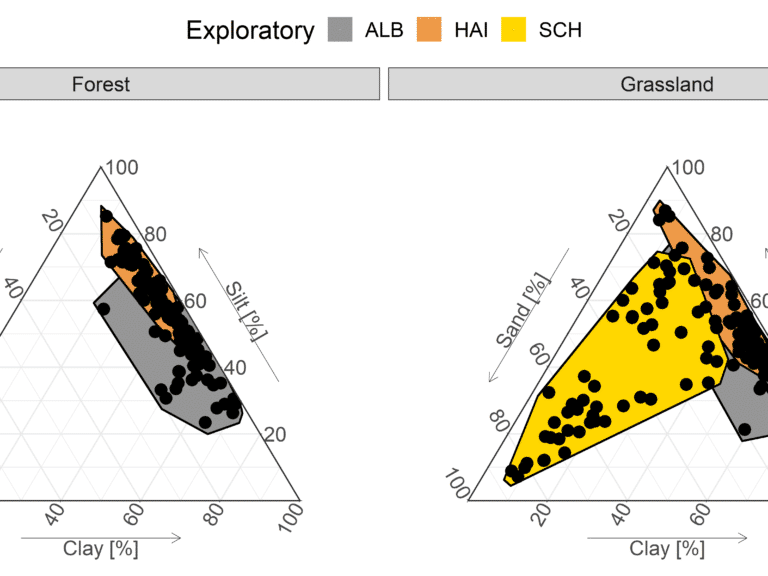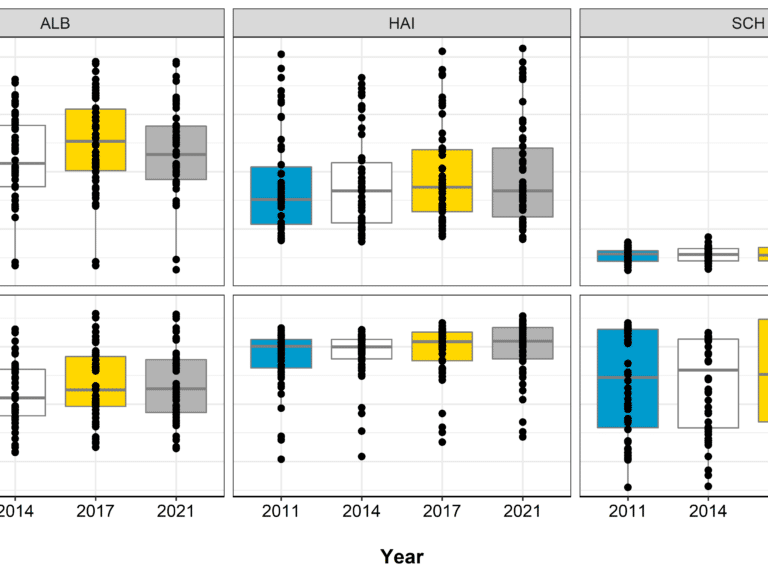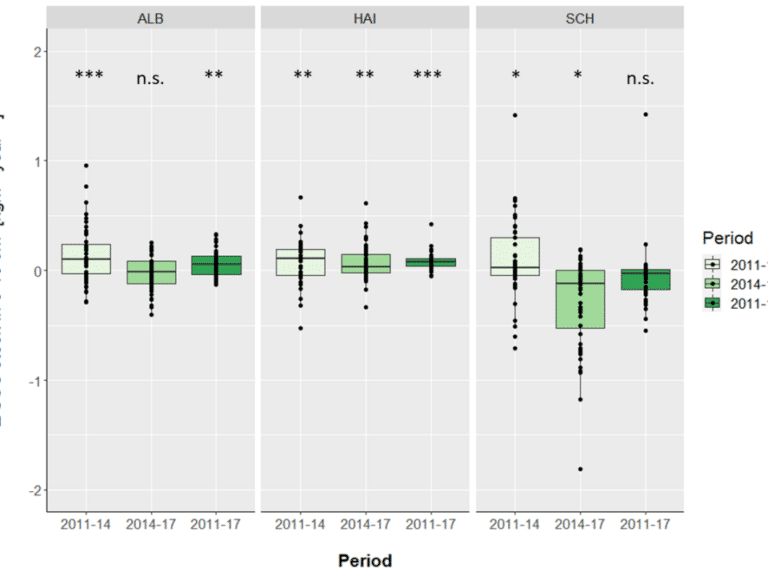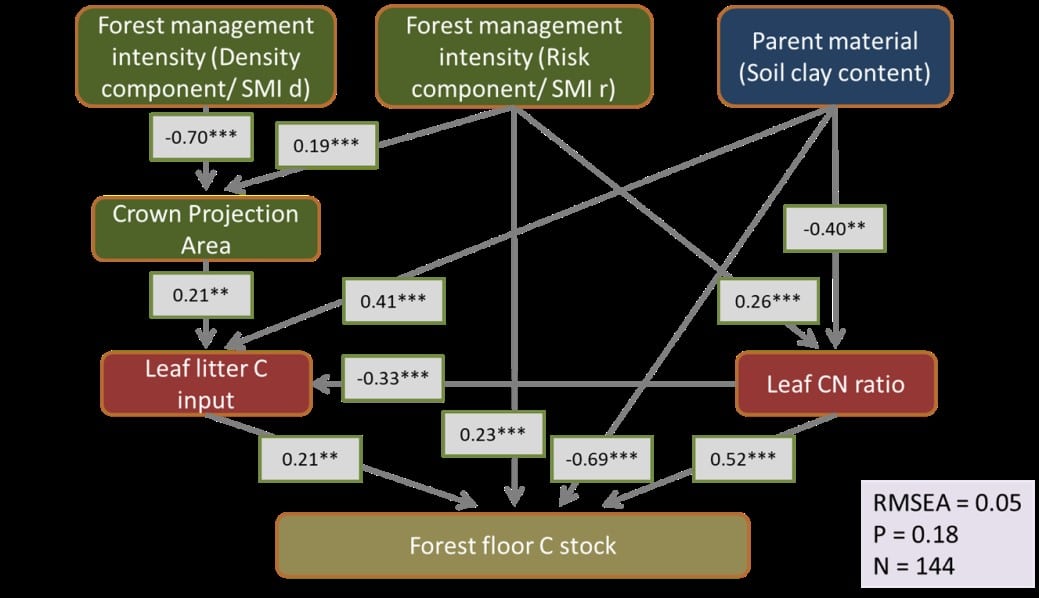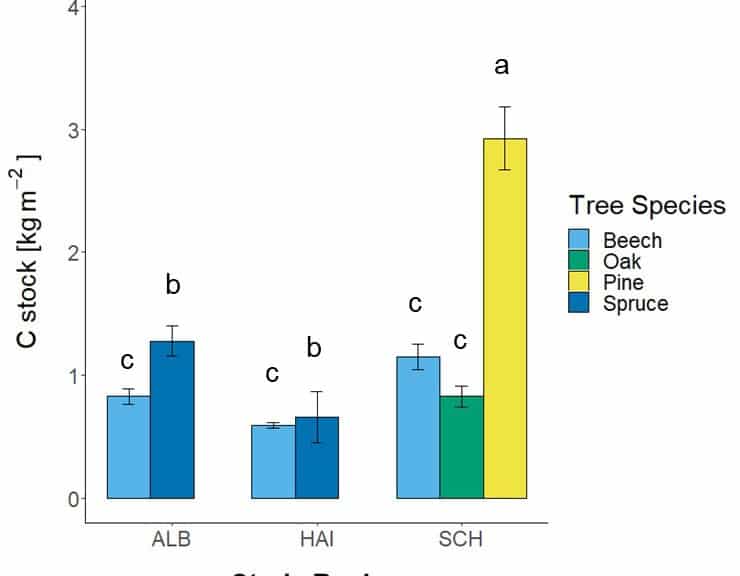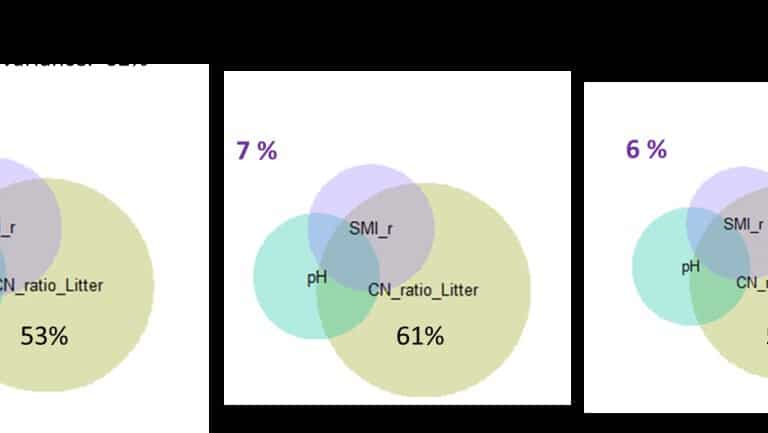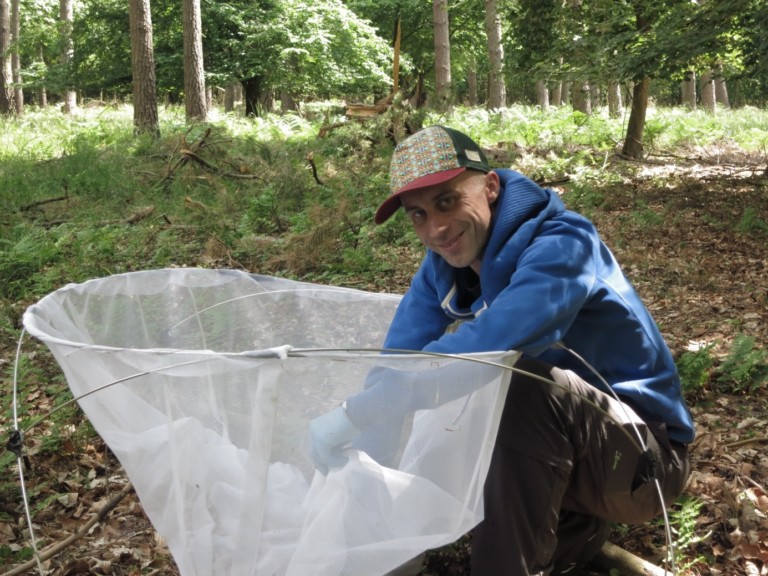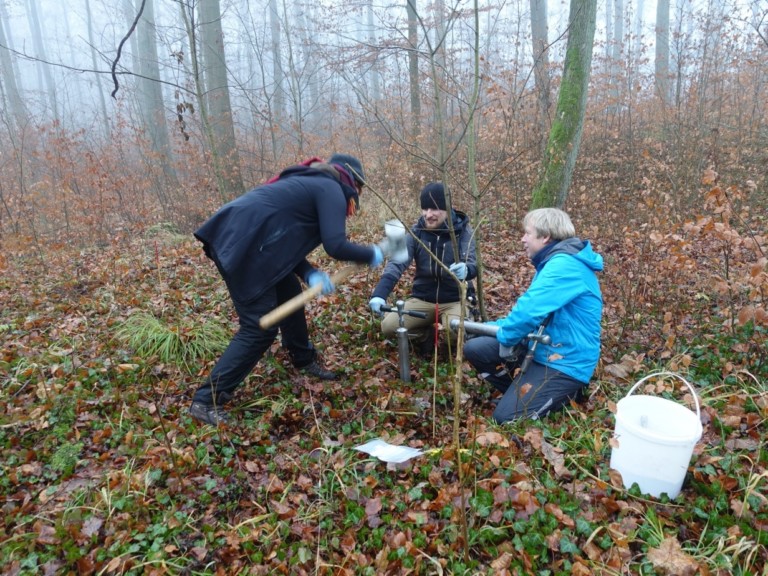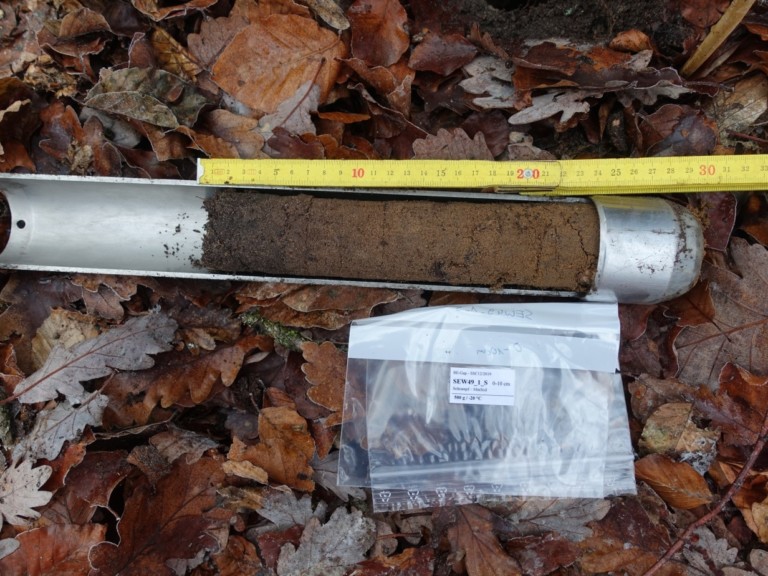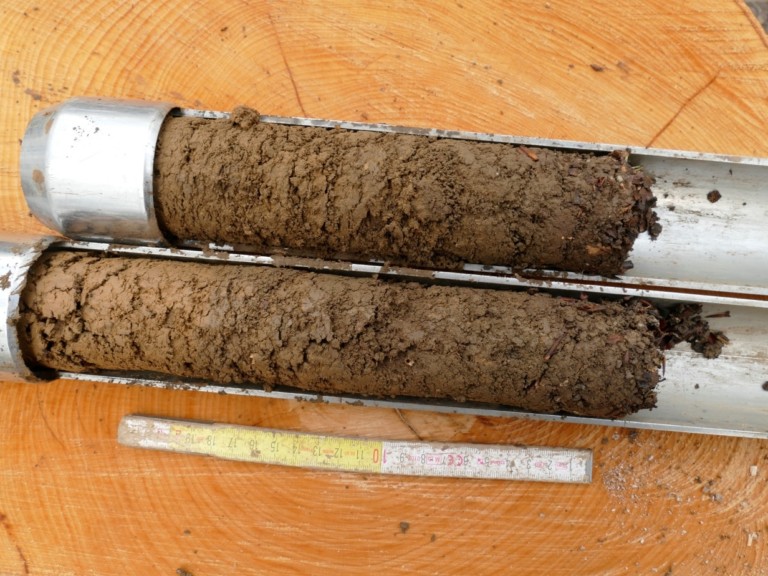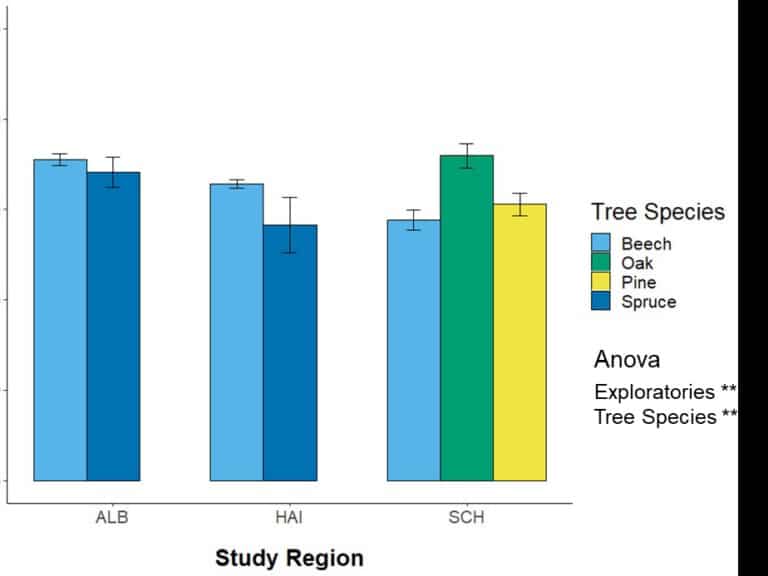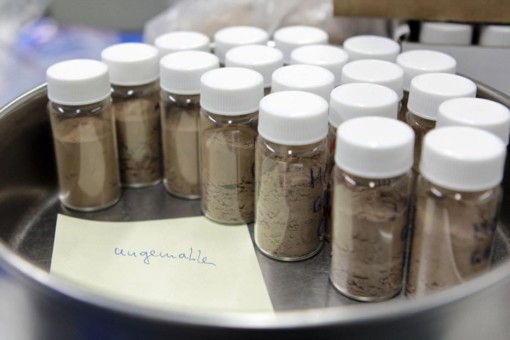Linking biodiversity and land use to soil functions
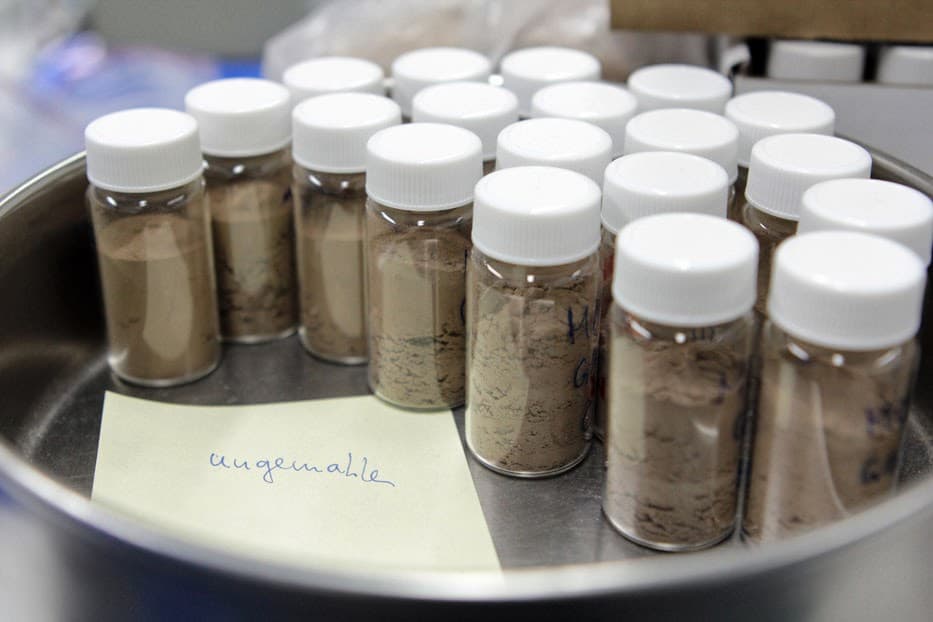
Soils and organisms living in soil contribute to the functioning of ecosystems with a wide range of essential services. They play, for example, a crucial role in carbon and nutrient cycling, form the habitat for soil organisms and determine plant nutrition. Soil properties can therefore influence species diversity, and vice versa species composition drive biogeochemical processes in soil. The response of biodiversity and ecosystem functioning to land use and management intensification will therefore depend on the interplay between abiotic soil properties, soil- and aboveground organisms. The core project soil provides crucial basic information on the abiotic soil environment, and observes and monitors soil functions. We have a special focus on soil organic matter formation, storage and turnover, due to its central role for soil fertility, climate change mitigation and adaptation.
- Baseline characterization of soils and determination of abiotic soil properties in the Biodiversity Exploratories
- Determination of soil functions related to carbon and nutrient cycling
- Determination of litter fall and litter quality in forests
All core projects provide important basic information on land use, diversity and ecosystem processes (long-term monitoring). This information is made available to contributing projects in each phase for research on more detailed questions.
Service for other research projects
- The core project soil collects information on soil properties and soil related ecosystem functions across all 300 experimental plots (EPs) of the Biodiversity Exploratories
- Once per 3 years, we organize a large coordinated soil sampling. The soil sampling protocol considers the requirements of all soil related contributing projects. All participating groups work on the same homogenized composite soil samples. Since 2011 the soil sampling considered the mineral soil (0-10 cm) in all 300 EPs and the organic layer in all 150 forested EPs.
Service in the current funding period
In the 6th phase (2020-2023), the core project soil provides the following service:
- Organisation of a coordinating soil sampling on all 300 EPs and all experimental sites (FOX, REX, LUX) in spring 2021 (had to be postponed due to Covid-19)
- Maintenance of central soil archive with air dried samples from mineral soil and organic layer (collected in 2006, 2008, 2011, 2014, 2017, 2021) and litter fall (since 2015)
- Contribution to synthesis activities with data and expertise
Experimental plots
- Monitoring of soil properties with samples taken during the coordinated soil sampling (pH, Bulk Density, Stone Content, Water Content, Root Content (grasslands), Estimated Clay Content, Stone Content, Soil Organic Carbon, Soil Organic Carbon Stocks, Soil Inorganic Carbon, Total Nitrogen, Total Sulphur, Olsen-extractable P)
- Monitoring of aboveground litter fall with litter traps being emptied three times per year; Determination of litter fall for branches, twigs, fruits and leaves; CNS analyses of leaf litter
- Activities of extracellular enzymes involved in the cycling of C, N, S and P (beta-glucosidase, N-acetyl-beta-D-glucosaminidase, sulfatase, phosphatase) in samples from all 150 forest EPs.
Forest gap experiment (FOX):
- Basic characterization of soils in gaps prior to cutting of the trees in winter 2019/20
- Setup of litter-traps and litter collection on all plots from autumn 2020 onwards
- Collection of soils from the FOX experiment after cutting the trees in autumn 2020 and spring 2021
- Determination of pH, Bulk Density, Stone Content, Water Content, Estimated Clay Content, Soil Organic Carbon, Soil Organic Carbon Stocks, Soil Inorganic Carbon, Total Nitrogen, Total Sulfur, Olsen-extractable P, Activities of Extracellular Enzymes
- Teabag decomposition experiment to characterize microbial activity from summer to autumn 2021
Grassland experiments (REX, LUX):
- Soil characterization with samples taken during the coordinated soil sampling in spring 2021 (Determination of pH, Bulk Density, Stone Content, Water Content, Estimated Clay Content, Soil Organic Carbon, Soil Organic Carbon Stocks, Soil Inorganic Carbon, Total Nitrogen, Total Sulfur, Olsen-extractable P)
Service in previous funding periods
- Soil inventory at all 3000 grid plots (GP, 2006-2008)
- Activities of enzymes in total soil profiles (VIP, 2008)
- Determination of soil respiration (lab incubations) (EP, 2011)
- Isotopic signal (14C/13C) of respired CO2 (EP, 2011)
- 13C content of soil organic matter
- Determination of soil texture (EPs, 2011)
- Root litter decomposition (EPs, 2011)
- Root chemistry (EPs, 2011)
- Water holding capacity (EPs, 2011)
- 14C content of roots (VIPs, 2011)
- 14C content of soil organic matter (VIPs, 2011, 2014, 2017)
- Soil organic matter mineralisation (lab incubations) (EPs, 2014)
- Microbial biomass (EPs, 2014)
- Installation of mineral bags (EPs, 2015)
- Cation Exchange Capacity (EP, 2017)
- Nutrient leaching (EP, 2017)
- Determination of soil respiration (field measurements) (EP, 2017)
